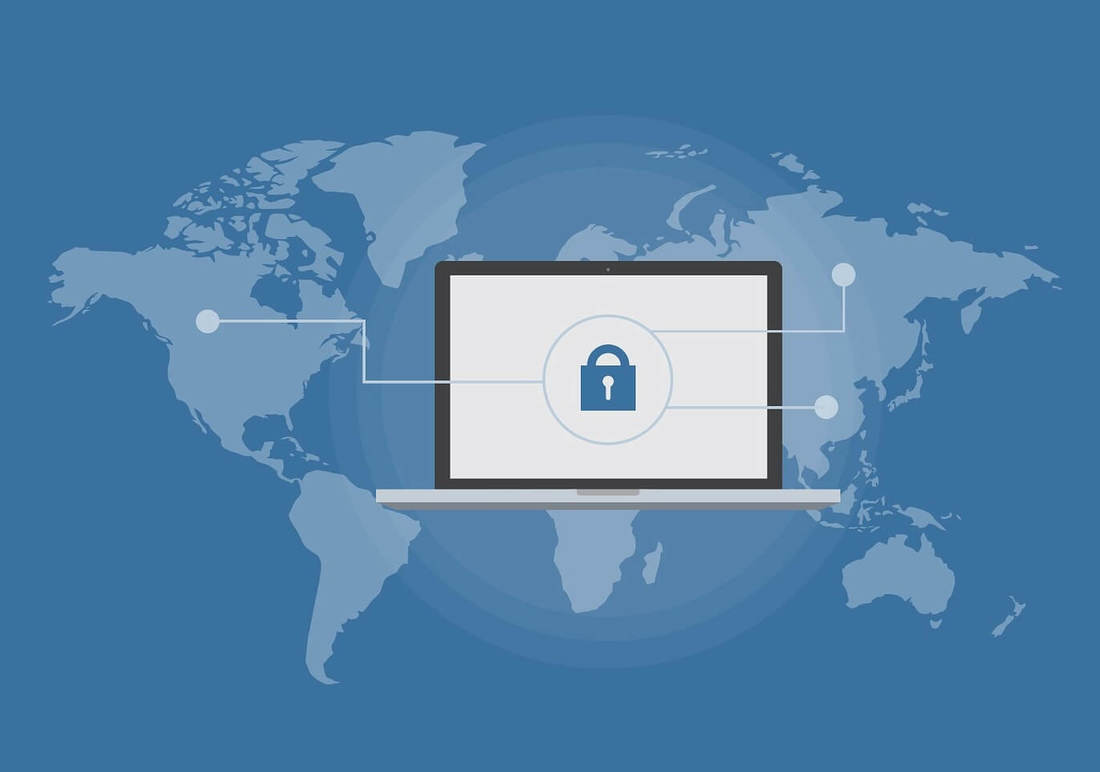In this article, we'll answer a question that so many Sage customers have asked ... does Sage Enterprise Management (Formerly known as Sage X3) have the features and capability to comply with the Sarbanes Oxley (SOX) Act?
What is the Sarbanes-Oxley Act?
The Sarbanes-Oxley Act (SOX) was enacted back in 2002 to help restore confidence in corporate financial reporting and protect investors from fraudulent activities. Even if your company is privately-held, the best practices and controls prescribed by SOX can still benefit your business.
It’s worth noting that an ERP solution alone may not ensure compliance with SOX. Since Every ERP system can be configured differently, your processes need to be designed in a way that meets regulatory compliance and trains users on how to properly execute on those compliant processes.
See Also: What Does ERP Stand For?
It’s worth noting that an ERP solution alone may not ensure compliance with SOX. Since Every ERP system can be configured differently, your processes need to be designed in a way that meets regulatory compliance and trains users on how to properly execute on those compliant processes.
See Also: What Does ERP Stand For?
Key Compliance Tools & Features
Following are some of the key features in Sage Enterprise Management (X3) to note when it comes to SOX compliance requirements:
Visual Process Flows - Enterprise Management uses visual process flows to ensure a logical, controlled sequencing of activities for each business process. These visual process flows serve as the required controls that help document the system’s behavior.
See also: How to Setup Visual Process Flows
Robust Security - robust system-wide security ensures database integrity and an audit trail of all system updates and occurrences from password-protecting user access to specific data to time and date-stamping every transaction with the user’s ID.
Electronic Signatures - electronic signatures (which cannot be modified or copied) in Enterprise Management improve security and control over internal automated workflows which are required for corporate governance audits and complying with various industry regulations.
Financial Reporting - The system pegs legal documents, such as invoices and purchase orders, from the line items listed to the corresponding transactions recorded in the general ledger, providing complete audit traceability from financial statement to legal source document.
Alerts & Notifications - automated alerts support control point notification to address exception-based transactions.
Visual Process Flows - Enterprise Management uses visual process flows to ensure a logical, controlled sequencing of activities for each business process. These visual process flows serve as the required controls that help document the system’s behavior.
See also: How to Setup Visual Process Flows
Robust Security - robust system-wide security ensures database integrity and an audit trail of all system updates and occurrences from password-protecting user access to specific data to time and date-stamping every transaction with the user’s ID.
Electronic Signatures - electronic signatures (which cannot be modified or copied) in Enterprise Management improve security and control over internal automated workflows which are required for corporate governance audits and complying with various industry regulations.
Financial Reporting - The system pegs legal documents, such as invoices and purchase orders, from the line items listed to the corresponding transactions recorded in the general ledger, providing complete audit traceability from financial statement to legal source document.
Alerts & Notifications - automated alerts support control point notification to address exception-based transactions.
Technology as a Key Enabler
Ultimately, it is up to your company to define the necessary procedures and controls for SOX compliance. But rest assured that the features and structure of Sage Enterprise Management provides the necessary tools you’ll need to simplify the process.


